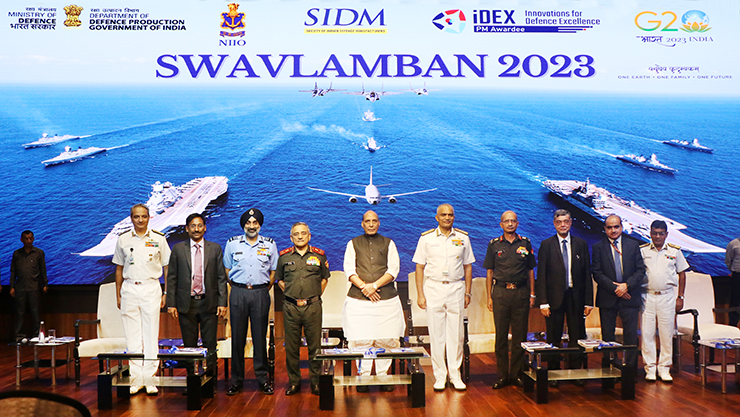
In a determined move towards bolstering self-reliance in defence and innovation, India’s Defence Minister, Rajnath Singh, announced a slew of initiatives at the plenary session of ‘Swavlamban 2.0’, a two-day seminar hosted by the Naval Innovation and Indigenisation Organisation (NIIO) in New Delhi between October 4-5 2023.
Highlighting the Drive for Indigenisation
At the heart of the session was the unveiling of the fifth Positive Indigenisation List (PIL), containing 98 items spanning sophisticated systems, weapons, and ammunition. The intention is clear – these items will be procured from domestic sources, with provisions aligned to the Defence Acquisition Procedure (DAP) 2020.
The Defence Minister introduced 76 challenges under the 10th Defence India Start-up Challenges (DISC 10) and DISC 10 PRIME of Innovations for Defence Excellence (iDEX) and outlined five problem statements under iDEX for Fauji. Two INDUS X challenges were also released, a collaborative effort between iDEX and the United States Department of Defense (US DoD).
The updated Indian Navy’s Indigenisation Roadmap’ Swavlamban 2.0’ was released, with a dedicated interactive session scheduled for Day 2.
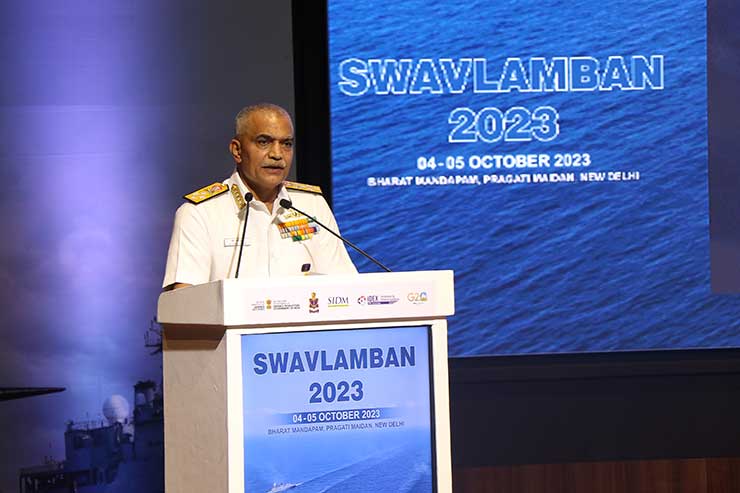
A Focus on Innovation & Local Development
Reflecting on the success of the SPRINT initiative, launched in 2022, Singh applauded its role in advancing the nation’s drive for self-reliance in the defence sector. Praising the Prime Minister’s leadership, the Minister of Defence remarked, “India’s defence sector is currently riding on the boat of innovation.”
His remarks further delved into India’s rich history of knowledge and innovation, discussing how foreign invasions had shifted perceptions, often relegating local products to inferior status. The recent ‘Vocal for Local’ campaign, championed by the Prime Minister, seeks to recalibrate this perspective.
A Call for Greater Integration of Youth & Technology Assessment
The Defence Minister urged for stronger youth involvement in the defence sector, primarily in research and development (R&D) and manufacturing. He proposed rigorously evaluating new technologies for their relevance, novelty, and economic viability. Stressing on a consistent assessment of work, he likened the nation’s defence journey to a sprint and a marathon.
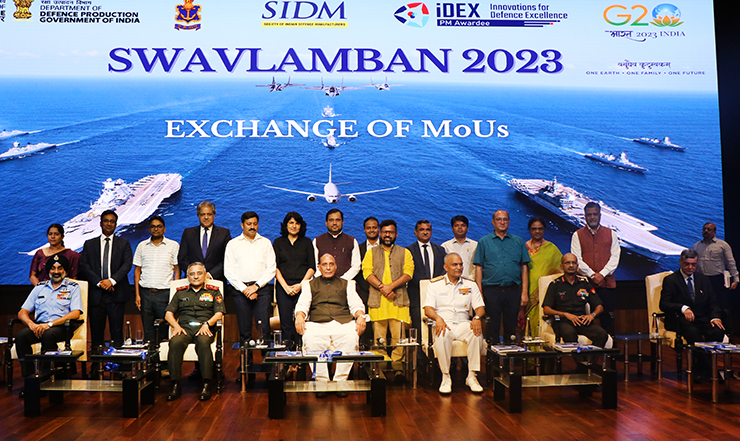
Indian Navy Chief Echoes Sentiments of Growth & Self-reliance
Chief of the Naval Staff, Admiral R Hari Kumar, echoed the Defence Minister’s sentiments. Celebrating the results of last year’s challenge, where over 1,000 responses were garnered, he termed the outcomes as “global firsts, game changers, and force multipliers”. The Admiral emphasised the Navy’s ambition to transcend linear growth, fostering technologies that lead to multiple innovations.
Expanding Defence Horizons
The session witnessed the unveiling of the Fifth PIL, offering a comprehensive plan for the next 5-10 years. Products listed ranged from Futuristic Infantry Combat Vehicles (FICV) to Electro-Optic Fire Control Systems (EOFCS) for naval platforms.
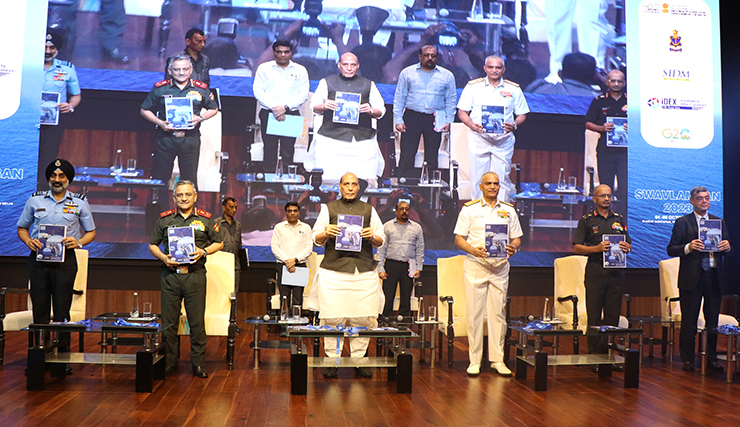
Additionally, 76 challenges under the iDEX DISC 10 & DISC 10 PRIME were introduced, reflecting the country’s continued march towards defence innovation. The INDUS X Challenges, an Indo-US collaboration, were also highlighted, with the US Ambassador to India, Eric Garcetti, marking his presence.
Another significant announcement was the launch of the SBI NAVeCash Card – a dual-chip debit card formulated by the State Bank of India in collaboration with the Indian Navy. This move marks a notable step towards the PM’s vision of a Digital India.
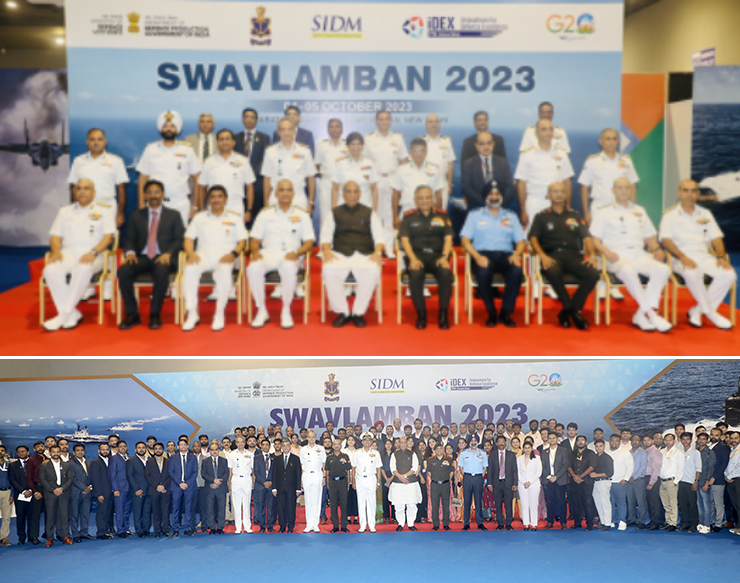
An Exhibition of Achievement
An exhibition under the SPRINT initiative showcased the products developed during last year’s challenges, outdoing the initial goal set during the first Swavlamban seminar.
The Swavlamban 2.0 seminar marked a significant step in India’s pursuit of self-reliance and defence innovation. India’s defence future seems bright and robust, emphasising indigenisation, collaborative growth, and harnessing local talents and capabilities.















